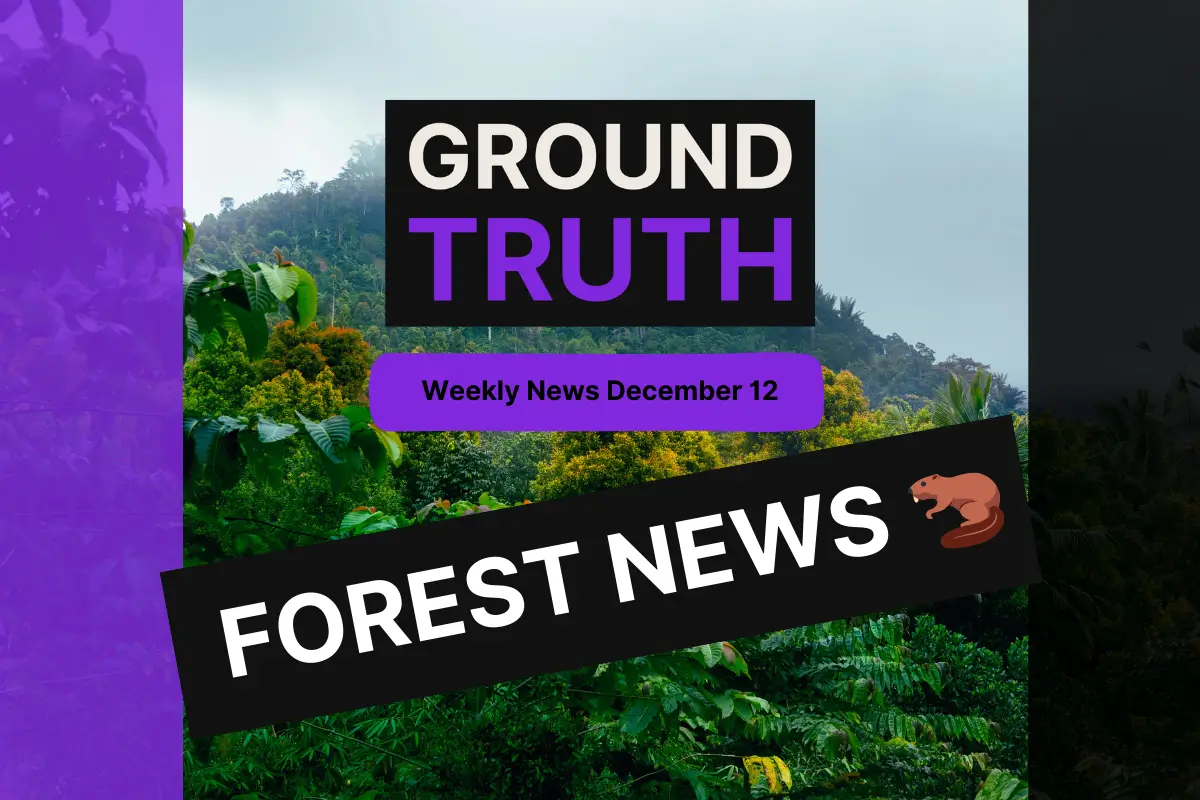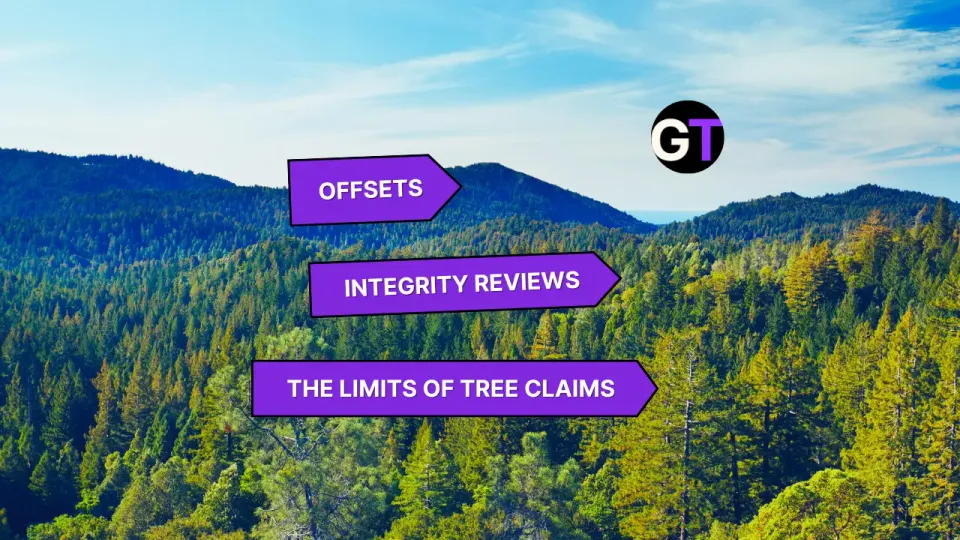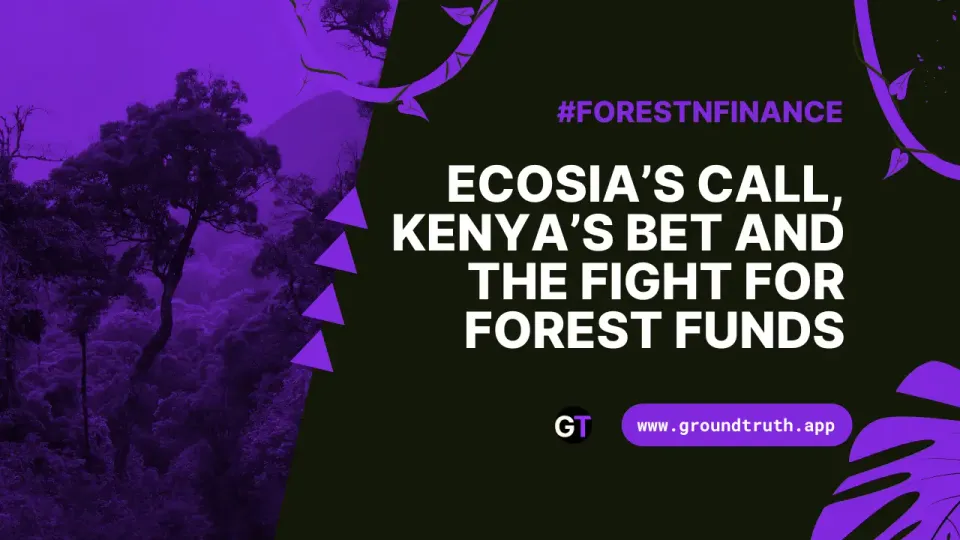Ground Truth Weekly Forest News December 12
Philip Morris funds Atlantic Forest restoration | UK Tree Planting Taskforce expands | Indonesia’s reforestation plans.

Philip Morris: Heroes of the Atlantic Forest? (Yes, Really)
In a move that might raise some eyebrows, Philip Morris Brasil has partnered with Brazil’s National Development Bank (BNDES) to fund up to R$ 8.88 million for ecological restoration in Paraná’s Atlantic Forest. This match-funding effort, managed by FUNBIO, aims to create ecological corridors across 21 municipalities, promoting biodiversity, ecosystem services, and local livelihoods.
The irony of a tobacco giant co-funding reforestation isn’t lost, but the initiative does align with growing corporate commitments to sustainability. Still, it raises questions: Can corporations with historically high environmental footprints effectively rebuild ecosystems, or does this feel like a PR campaign wrapped in green intentions?
What’s your take on companies like Philip Morris stepping into environmental restoration—genuine change or clever rebranding?
👉👉 Read more on Funbio News
Biodiversity in Brazil’s Atlantic Forest: Restoration Needs an Overhaul
Speaking of Brazil’s Atlantic Forest - according to a new study, reforestation efforts are falling short in restoring biodiversity, despite good intentions. Research by Almeida et al. (2024) highlights critical gaps, such as neglecting to plant many of the regionally appropriate species and creating overly homogenized landscapes. To truly revive this biodiversity hotspot, restoration strategies must prioritize diverse species and open collaboration through accessible data sharing.
Do studies like this form a solid case for greater transparency in restoration efforts?
👉👉Read our coverage on Ground Truth
Enhancing Forest Biomass Assessments with Earth Observation: A New Geostatistical Approach
Using advanced geostatistical models, researchers integrate Earth Observation (EO) datasets like NASA’s GEDI and ESA’s CCI Biomass with Mexico’s National Forest Inventory (NFI) to enhance biomass assessments. This approach, rooted in Bayesian inference, delivers spatially continuous predictions with transparent uncertainty measures, aiding national climate policy. Open-source tools make this method adaptable for other countries, underscoring the role of accessible data in sustainable forestry.
What role does credibility in forest data play in achieving sustainability and climate goals?
👉👉Read more in Science Direct
Biodiversity Credits: Funding Conservation or Simplifying Nature?
Biodiversity credits are certificates representing measurable positive biodiversity outcomes, such as restoring habitats or protecting species. They’re similar in principle to carbon credits. Proponents of these credits aim to attract funding for conservation by making nature a tradable asset. However, a study reveals challenges in standardizing just what the heck a "unit of nature," is, risking oversimplification of biodiversity’s complexity. Strict regulation and transparency are vital to ensure these credits genuinely support conservation efforts rather than just offsetting environmental harm.
Do you think making biodiversity a tradable asset helps or hinders genuine conservation efforts? Can we craft effective market solutions to conservation problems?
👉👉 Read more from the Royal Society
Scaling Up UK Tree Planting: A Taskforce for a Greener Future
The UK has launched a Tree Planting Taskforce to expand reforestation across all four nations, aiming to address climate change, protect biodiversity, and create green jobs. With a £400 million investment and cross-border collaboration, this initiative hopes to achieve ambitious tree cover and sustainability goals. Success will hinge on clear policies, strong partnerships, and transparency in tracking outcomes.
Which British nation plants the most trees? The answer may surprise you!
👉👉 Read our coverage on Ground Truth
Monitoring Soil Health for Nature-Based Solutions: A Grounded Approach
Soil health is critical to nature-based solutions (NbS), yet it’s often overlooked. New research from NbSI and the University of Aberdeen offers an integrated framework and interactive tool to guide practitioners in selecting soil and biodiversity metrics. Combining soil chemistry, biology, and physics with ecosystem monitoring, this approach balances standardization with local needs. Supportive policies and funding are essential to embed soil health monitoring in NbS.
What factors should practitioners consider when selecting soil health metrics to enhance nature-based solutions?
👉👉 Read more from the Nature Based Solutions Initiative
Private Forests in Bugoma-Kagombe: A Conservation Crossroads
Uganda’s Bugoma-Kagombe private forests are vanishing at an alarming rate, with annual deforestation exceeding 4%. These forests host critical biodiversity, including 10 threatened mammal and bird species, and provide essential ecosystem services. However, only 5% of private forest owners (PFOs) have formal land tenure, and less than 1% receive technical support for sustainable management.
A WWF report emphasizes that immediate action—improved governance, secured land rights, and financial aid—is crucial to halt forest loss and promote sustainable use.
What steps should be prioritized to ensure the survival of these critical ecosystems?
👉👉 Read the full report
When Tree Planting Goes Terribly Wrong: The Heat Trap Effect
Trees are often seen as the heroes of urban cooling, but not all heroes wear the right leaves. New research warns that planting the wrong trees in the wrong places can backfire, trapping heat at night and making cities even hotter. By analyzing data from 110 cities, scientists found that while trees can cool daytime temperatures by up to 12°C in some climates, they can also raise nighttime temperatures, especially in compact urban layouts.
This isn’t a call to stop planting trees, but a plea to do it wisely. Urban planners need to consider tree species, urban layouts, and local climates to avoid turning cooling solutions into heat traps. Because when it comes to urban forestry, one size—or species—definitely doesn’t fit all.
What factors should urban planners consider to ensure tree planting strategies truly help cool cities without causing unintended heat effects?
👉👉 Read more from the University of Cambridge
Indonesia’s Ambitious 6.5 Million-Hectare Reforestation Plan
Indonesia is gearing up for one of its largest reforestation efforts, targeting 6.5 million hectares of degraded land to counterbalance the environmental impacts of its food estate program. Led by Forestry Minister Raja Juli Antoni, the initiative will use intercropping methods to benefit local communities while preserving trees. Initial plans focus on reforesting 500,000 hectares, with expansion hinging on collaboration with private stakeholders.
While ambitious, this plan raises questions about implementation and long-term success in balancing development with ecosystem restoration.
How can Indonesia ensure its reforestation plan balances environmental restoration with the needs of local communities?
👉👉 Read more from Antara News
Agroforestry Carbon Raises R$ 1.1 Million for Brzilian Climate Projects
Agroforestry Carbon, a Brazilian climate tech startup, secured R$ 1.1 million in crowdfunding to enhance its agroforestry projects. These initiatives combine tree planting with agriculture, aiming to sequester carbon, restore degraded land, and support small-scale farmers. While the funding will boost their capacity and reach, questions remain about how scalable and measurable such solutions are in addressing both climate challenges and rural development needs.
What do you think are the key challenges for agroforestry projects in achieving large-scale impact?
👉👉 Read more in Forbes
Edited by Chris Harris

This work is licensed under a
Creative Commons Attribution 4.0 International License.




